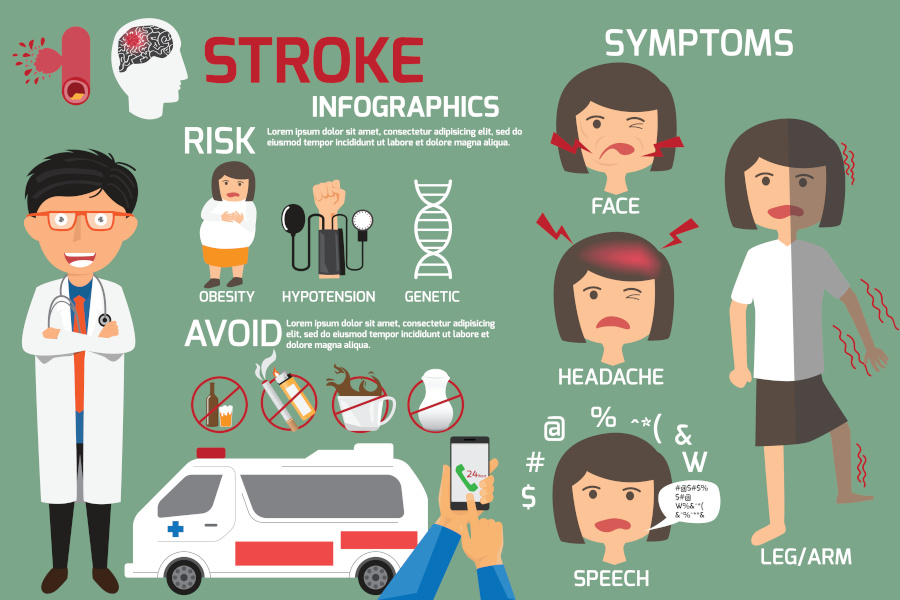
Understanding and intervening in stroke cases
A Guide to Stroke Symptoms and Actions to Take
Recognizing Stroke Signs: Symptoms Not to Ignore
A stroke, or cerebrovascular accident, is a serious medical condition that occurs when the blood flow to a part of the brain is interrupted or reduced, depriving the brain tissues of oxygen and nutrients. Stroke symptoms can vary depending on the part of the brain affected, but there are key signs that require immediate attention. The most common symptoms include difficulty in speaking and understanding language, facial drooping, weakness or numbness in the face, arm, or leg, especially on one side of the body, vision problems in one or both eyes, sudden severe headache, and difficulty walking or loss of balance. It is crucial to recognize these signs as quickly as possible, as prompt treatment can significantly reduce brain damage.
First Aid for Suspected Stroke
If you suspect a stroke, it is essential to act immediately. The “F.A.S.T.” rule (Face, Arms, Speech, Time) is a useful method to remember the key steps: check the person’s face (Face) to see if one side is drooping, ask them to raise both arms (Arms) to see if one falls, listen to their speech (Speech) to check if it is slurred or confused, and finally, if you notice these signs, it is Time to call emergency services immediately. It is not advisable to move the person unless they are in a dangerous location, as sudden movements could worsen the situation.
Stroke Prevention and Risk Factors
Stroke prevention focuses on managing risk factors and adopting a healthy lifestyle. Major risk factors include hypertension, cigarette smoking, obesity, diabetes, high cholesterol, excessive alcohol consumption, and irregular heartbeats such as atrial fibrillation. Maintaining a balanced diet, engaging in regular physical exercise, avoiding smoking, and limiting alcohol intake can significantly reduce the risk of stroke. Furthermore, it is important to undergo regular medical check-ups to monitor blood pressure and cholesterol levels.
The Importance of Knowledge and Education
Raising public awareness about stroke symptoms and actions to take in case of a stroke is vital. Education can improve response time in emergency situations, increasing the chances of recovery and reducing the risk of permanent damage. Public awareness campaigns and educational programs can help disseminate this critical information, contributing to saving human lives.
Sources


